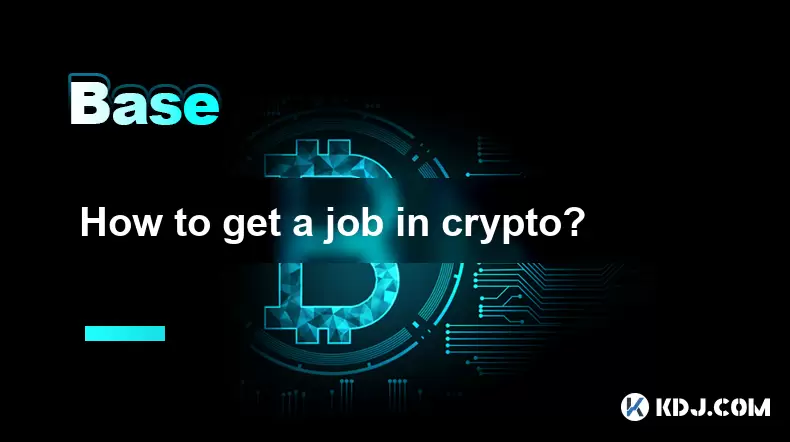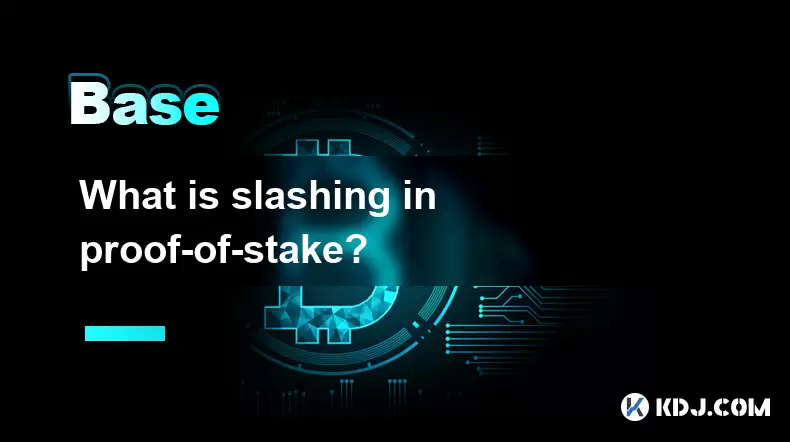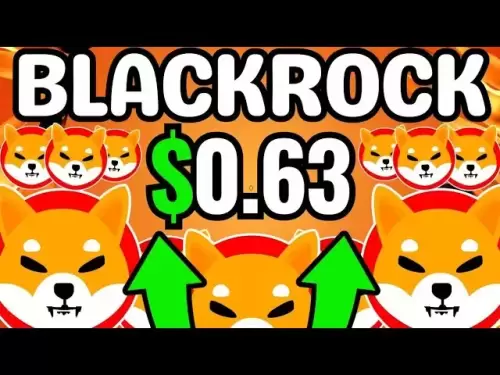-
 Bitcoin
Bitcoin $118000
-0.23% -
 Ethereum
Ethereum $3651
1.66% -
 XRP
XRP $3.423
-1.58% -
 Tether USDt
Tether USDt $1.001
-0.02% -
 BNB
BNB $742.8
0.69% -
 Solana
Solana $177.8
0.30% -
 USDC
USDC $0.9999
0.01% -
 Dogecoin
Dogecoin $0.2539
0.03% -
 TRON
TRON $0.3199
-1.74% -
 Cardano
Cardano $0.8382
0.59% -
 Hyperliquid
Hyperliquid $44.83
0.05% -
 Stellar
Stellar $0.4602
-1.49% -
 Sui
Sui $3.850
0.58% -
 Chainlink
Chainlink $18.62
2.56% -
 Hedera
Hedera $0.2681
0.97% -
 Avalanche
Avalanche $24.63
3.07% -
 Bitcoin Cash
Bitcoin Cash $522.5
0.96% -
 Shiba Inu
Shiba Inu $0.00001507
-0.80% -
 Litecoin
Litecoin $113.6
9.75% -
 UNUS SED LEO
UNUS SED LEO $8.994
0.24% -
 Toncoin
Toncoin $3.197
-0.43% -
 Polkadot
Polkadot $4.361
1.13% -
 Uniswap
Uniswap $10.45
1.41% -
 Monero
Monero $327.5
0.65% -
 Ethena USDe
Ethena USDe $1.001
-0.03% -
 Bitget Token
Bitget Token $4.992
-1.12% -
 Pepe
Pepe $0.00001355
0.67% -
 Dai
Dai $1.000
0.01% -
 Aave
Aave $322.6
0.15% -
 Bittensor
Bittensor $415.5
0.88%
What is a flash loan?
Flash loans are uncollateralized, instant DeFi loans repaid within a single block, minimizing lender risk. Primarily used for arbitrage and complex strategies, they demand sophisticated coding skills but offer lucrative, high-risk opportunities.
Mar 04, 2025 at 08:48 pm

Key Points:
- Flash loans are instantaneous, uncollateralized loans within decentralized finance (DeFi).
- They are repaid within a single transaction block, mitigating risk for lenders.
- They are primarily used for arbitrage opportunities and complex DeFi strategies.
- While lucrative, flash loans require sophisticated coding and carry significant risks.
- Several platforms offer flash loan services, each with its own terms and conditions.
What is a Flash Loan?
A flash loan, in the context of decentralized finance (DeFi), is a type of loan that allows users to borrow a large amount of cryptocurrency without any collateral. The defining characteristic? It must be repaid within the same transaction block. This incredibly short timeframe eliminates the risk for lenders because if the loan isn't repaid, the entire transaction is automatically reversed. Think of it as a very, very fast, and very risky, financial maneuver.
How Do Flash Loans Work?
The process hinges on smart contracts. A smart contract, programmed on a blockchain, acts as the intermediary. A user requests a flash loan, specifying the amount and the token they want to borrow. The smart contract then transfers the funds to the borrower's address. The borrower then executes their intended strategy, for example, arbitrage trading, before the end of the block. Crucially, the repayment of the principal, plus the agreed-upon interest, must be included in the same transaction. If the repayment fails, the entire transaction is rolled back, and the borrower gets nothing.
What are Flash Loans Used For?
The most common use case is arbitrage. Arbitrage exploits price discrepancies between different decentralized exchanges (DEXs). A borrower might borrow a token on one DEX, immediately sell it on another DEX where it's priced higher, repay the loan (with profit!), and pocket the difference. Beyond arbitrage, flash loans are used for complex DeFi strategies like liquidations, yield farming optimizations, and even manipulating decentralized stablecoins.
Risks Associated with Flash Loans
The speed and complexity of flash loans introduce significant risks. A single coding error, a network congestion issue, or even a minor price fluctuation can lead to substantial losses. The borrower bears all the risk; a failure to repay, however unintentional, results in the loss of the borrowed funds. This necessitates a deep understanding of smart contracts and blockchain technology.
Platforms Offering Flash Loans
Several prominent DeFi platforms offer flash loan services. Aave, dYdX, and Compound are among the most popular. Each platform has its own terms and conditions regarding fees, available tokens, and maximum loan amounts. It's essential to research and understand the specifics of each platform before utilizing their flash loan services. Remember, each platform has its own smart contract, and its own unique vulnerabilities.
Understanding the Mechanics: A Step-by-Step Example
Let's imagine a simple arbitrage scenario:
- Step 1: Request: A user requests a flash loan of 100 ETH from a DeFi platform.
- Step 2: Transfer: The platform's smart contract transfers 100 ETH to the user's wallet.
- Step 3: Arbitrage: The user immediately sells the 100 ETH on DEX A for a higher price, say, 105 DAI.
- Step 4: Repayment: The user converts the 105 DAI back to ETH (let's say they get 102 ETH) and repays the initial 100 ETH loan plus the agreed-upon interest (e.g., 1 ETH) to the smart contract.
- Step 5: Profit: The user retains the remaining 1 ETH as profit. If any step fails, the entire transaction is reverted.
Security Considerations for Flash Loans
Security is paramount. Because flash loans are executed within a single block, vulnerabilities in the smart contracts used to execute the loan and the arbitrage strategy could lead to substantial losses. Thorough auditing of the smart contracts is crucial. Additionally, understanding and mitigating the risks associated with gas fees and network congestion is essential.
The Role of Smart Contracts in Flash Loans
The entire flash loan process relies heavily on the flawless execution of smart contracts. These contracts are programmed to automatically transfer funds, enforce repayment within the block, and reverse the entire transaction if repayment fails. The security and efficiency of these smart contracts are critical for the successful operation of flash loans.
Different Types of Flash Loans
While the core concept remains consistent, some platforms offer variations in the types of flash loans available. These variations might include different loan durations (though still within a single block), different borrowing fees, and variations in the collateralization requirements (though flash loans are fundamentally uncollateralized).
Common Questions and Answers:
Q: Are flash loans risky? A: Yes, extremely. A single coding error or unexpected market fluctuation can lead to significant losses.
Q: Who benefits from flash loans? A: Primarily sophisticated DeFi users and developers who can execute complex arbitrage and other strategies within a single block.
Q: What are the fees associated with flash loans? A: Fees vary by platform, but they typically include a small percentage of the borrowed amount as interest.
Q: Can I use flash loans for speculative trading? A: While technically possible, it’s highly discouraged due to the extreme risk involved. Flash loans are best suited for well-defined, automated strategies.
Q: Are flash loans regulated? A: The regulatory landscape surrounding DeFi and flash loans is still evolving and varies by jurisdiction.
Q: How can I learn more about using flash loans? A: Start with comprehensive tutorials and documentation from reputable DeFi platforms. Consider exploring resources like developer forums and blockchain communities. However, proceed with extreme caution. Remember, substantial losses are possible.
Disclaimer:info@kdj.com
The information provided is not trading advice. kdj.com does not assume any responsibility for any investments made based on the information provided in this article. Cryptocurrencies are highly volatile and it is highly recommended that you invest with caution after thorough research!
If you believe that the content used on this website infringes your copyright, please contact us immediately (info@kdj.com) and we will delete it promptly.
- Coin Collecting, Steinbach Teen, and the Passion for Knowledge: A Numismatic Journey
- 2025-07-20 18:30:12
- Presale Tokens: Last Call for Mutuum Finance & Navigating the Final Entry
- 2025-07-20 18:35:12
- Bitcoin, Meme Coins, and Explosive Returns: Riding the 2025 Crypto Wave
- 2025-07-20 18:50:12
- Ethereum Whales, PayFi Token & PEPE Rally: Decoding Crypto's Latest Moves
- 2025-07-20 18:55:12
- Ethereum, AAVE, and Whales: Decoding the Latest Crypto Power Plays
- 2025-07-20 19:30:13
- Trump, Tulip Bubble, and Crypto: A New York Perspective
- 2025-07-20 19:35:12
Related knowledge

What is the Inter-Blockchain Communication Protocol (IBC)?
Jul 19,2025 at 10:43am
Understanding the Inter-Blockchain Communication Protocol (IBC)The Inter-Blockchain Communication Protocol (IBC) is a cross-chain communication protoc...

How does sharding improve scalability?
Jul 20,2025 at 01:21am
Understanding Sharding in BlockchainSharding is a database partitioning technique that is increasingly being adopted in blockchain technology to enhan...

What is the "crypto trilemma" of scalability, security, and decentralization?
Jul 19,2025 at 06:28pm
Understanding the Concept of the Crypto TrilemmaThe crypto trilemma refers to the challenge of simultaneously achieving scalability, security, and dec...

What is a cliff and vesting schedule in tokenomics?
Jul 20,2025 at 10:28am
What Does a Cliff Mean in Tokenomics?In tokenomics, a cliff refers to a specific period during which token holders are not allowed to access or transf...

How to get a job in crypto?
Jul 20,2025 at 08:14am
Understanding the Crypto Industry LandscapeThe cryptocurrency industry is a rapidly evolving space that includes blockchain technology, decentralized ...

What is slashing in proof-of-stake?
Jul 20,2025 at 06:07am
Understanding Slashing in Proof-of-StakeIn a Proof-of-Stake (PoS) blockchain network, slashing refers to the penalty mechanism used to deter validator...

What is the Inter-Blockchain Communication Protocol (IBC)?
Jul 19,2025 at 10:43am
Understanding the Inter-Blockchain Communication Protocol (IBC)The Inter-Blockchain Communication Protocol (IBC) is a cross-chain communication protoc...

How does sharding improve scalability?
Jul 20,2025 at 01:21am
Understanding Sharding in BlockchainSharding is a database partitioning technique that is increasingly being adopted in blockchain technology to enhan...

What is the "crypto trilemma" of scalability, security, and decentralization?
Jul 19,2025 at 06:28pm
Understanding the Concept of the Crypto TrilemmaThe crypto trilemma refers to the challenge of simultaneously achieving scalability, security, and dec...

What is a cliff and vesting schedule in tokenomics?
Jul 20,2025 at 10:28am
What Does a Cliff Mean in Tokenomics?In tokenomics, a cliff refers to a specific period during which token holders are not allowed to access or transf...

How to get a job in crypto?
Jul 20,2025 at 08:14am
Understanding the Crypto Industry LandscapeThe cryptocurrency industry is a rapidly evolving space that includes blockchain technology, decentralized ...

What is slashing in proof-of-stake?
Jul 20,2025 at 06:07am
Understanding Slashing in Proof-of-StakeIn a Proof-of-Stake (PoS) blockchain network, slashing refers to the penalty mechanism used to deter validator...
See all articles

























































































